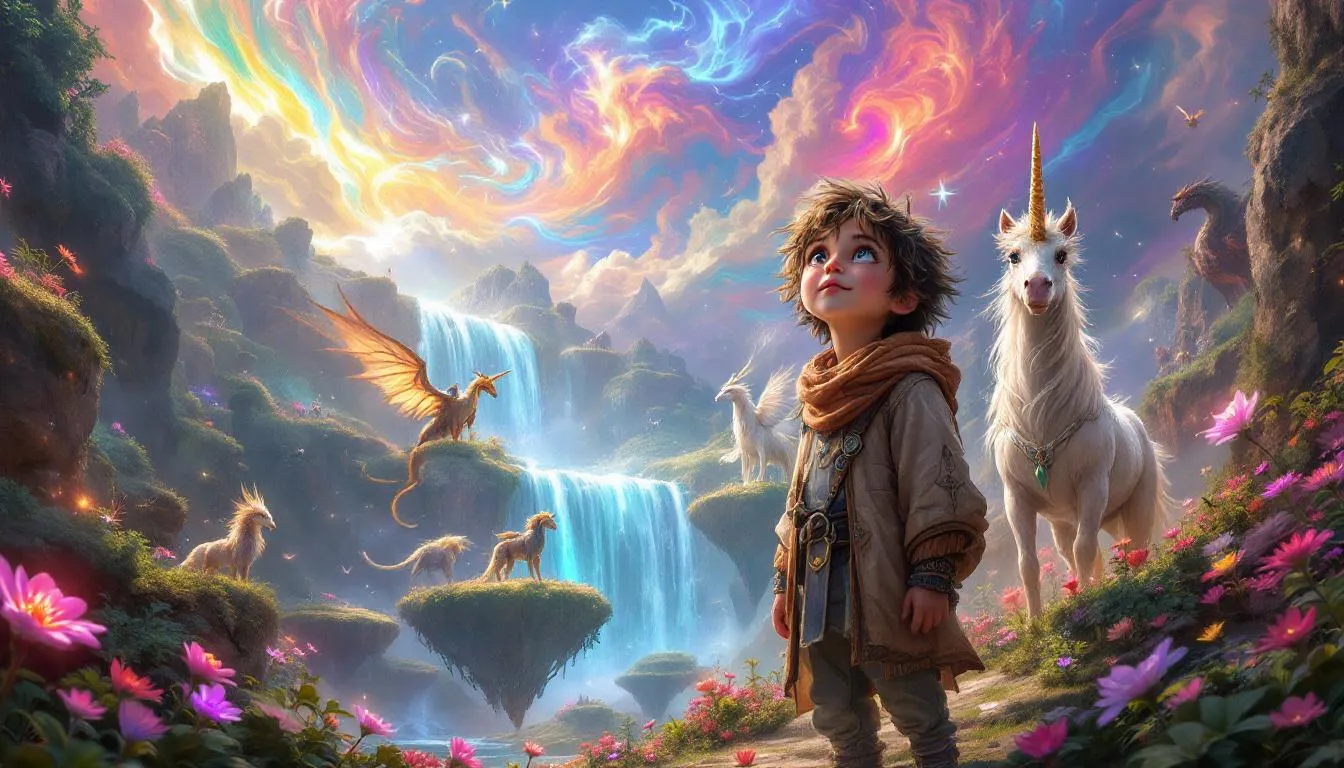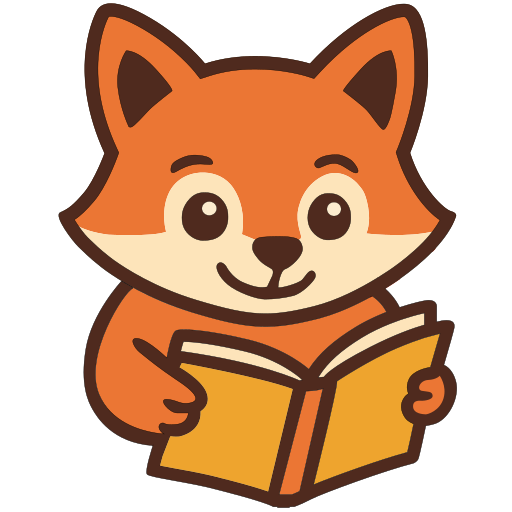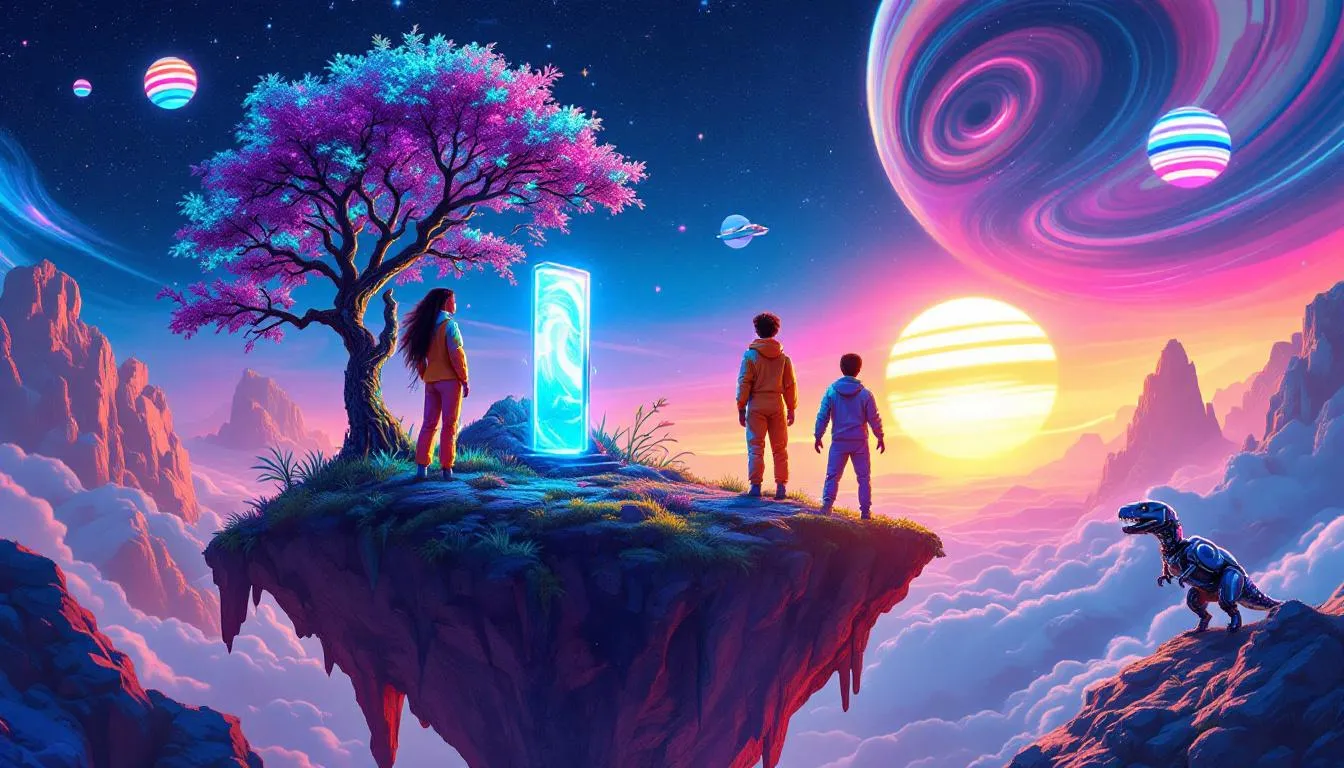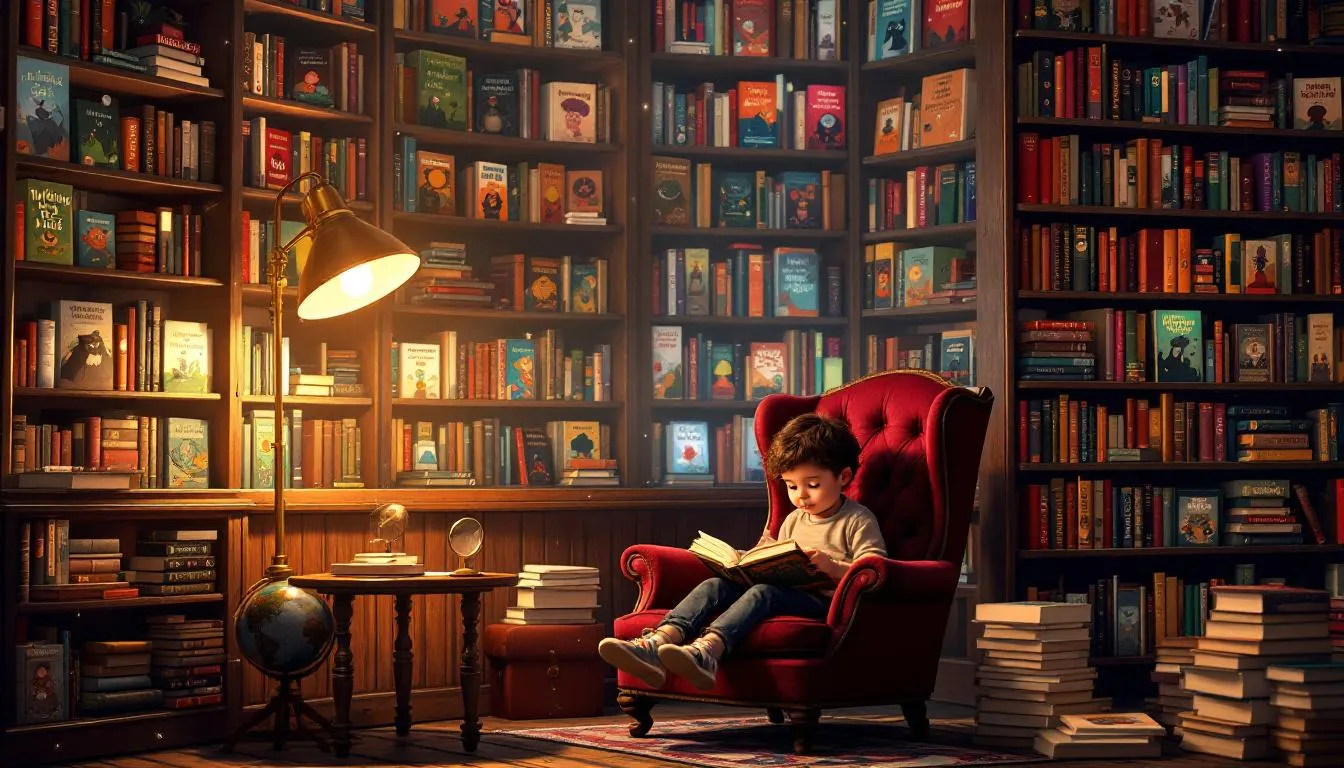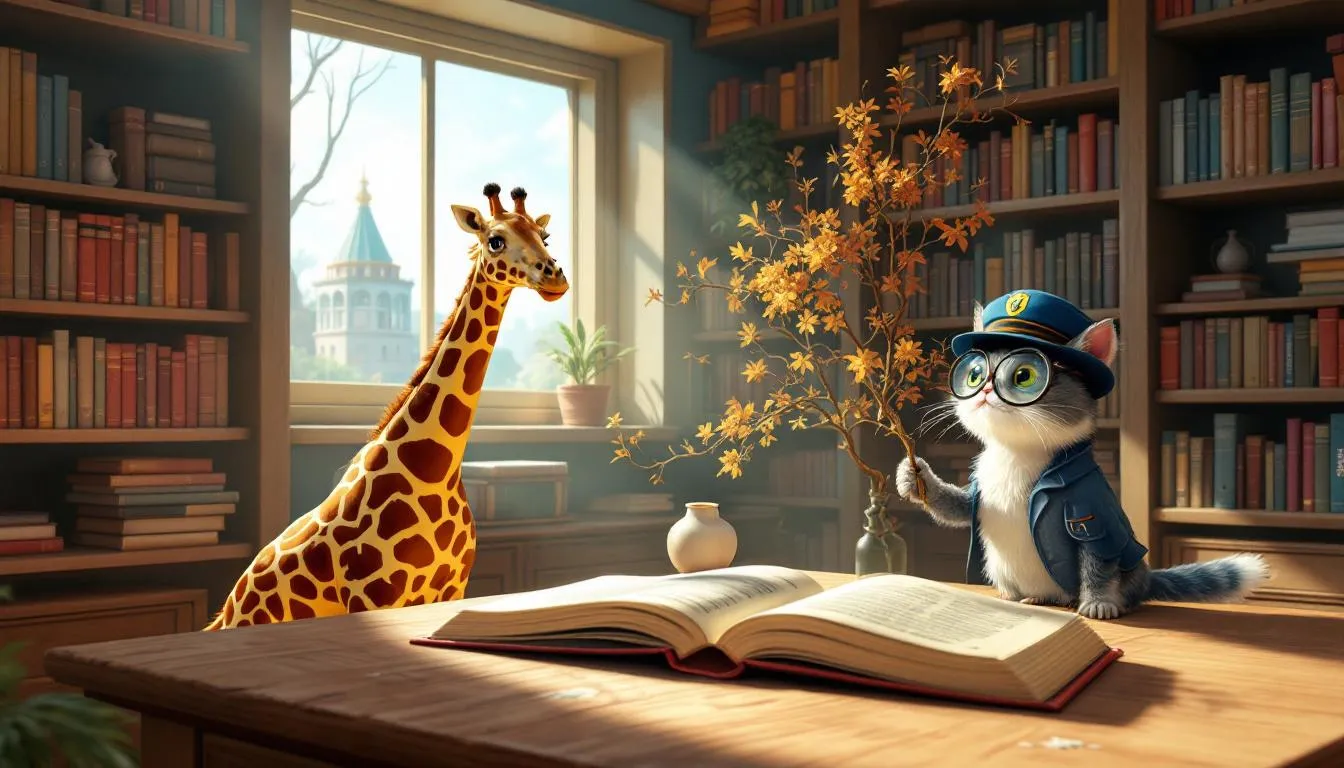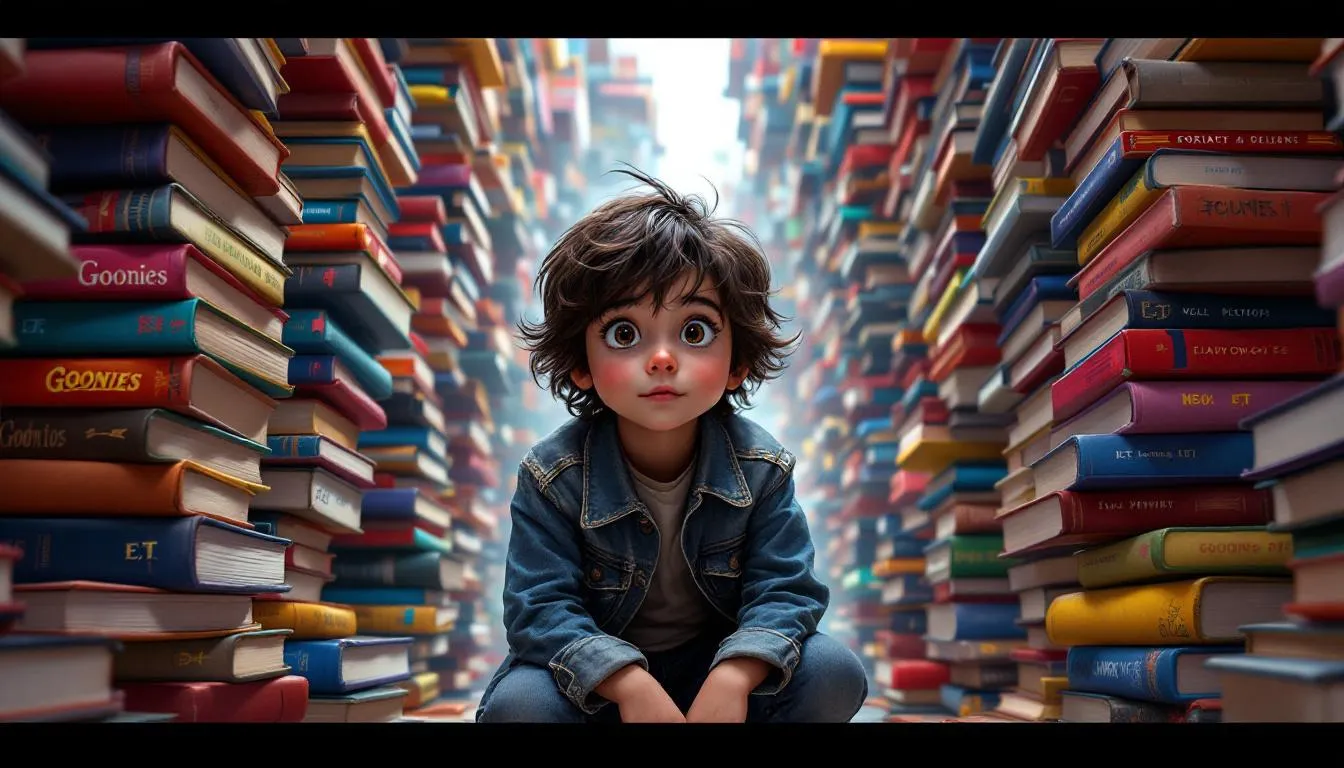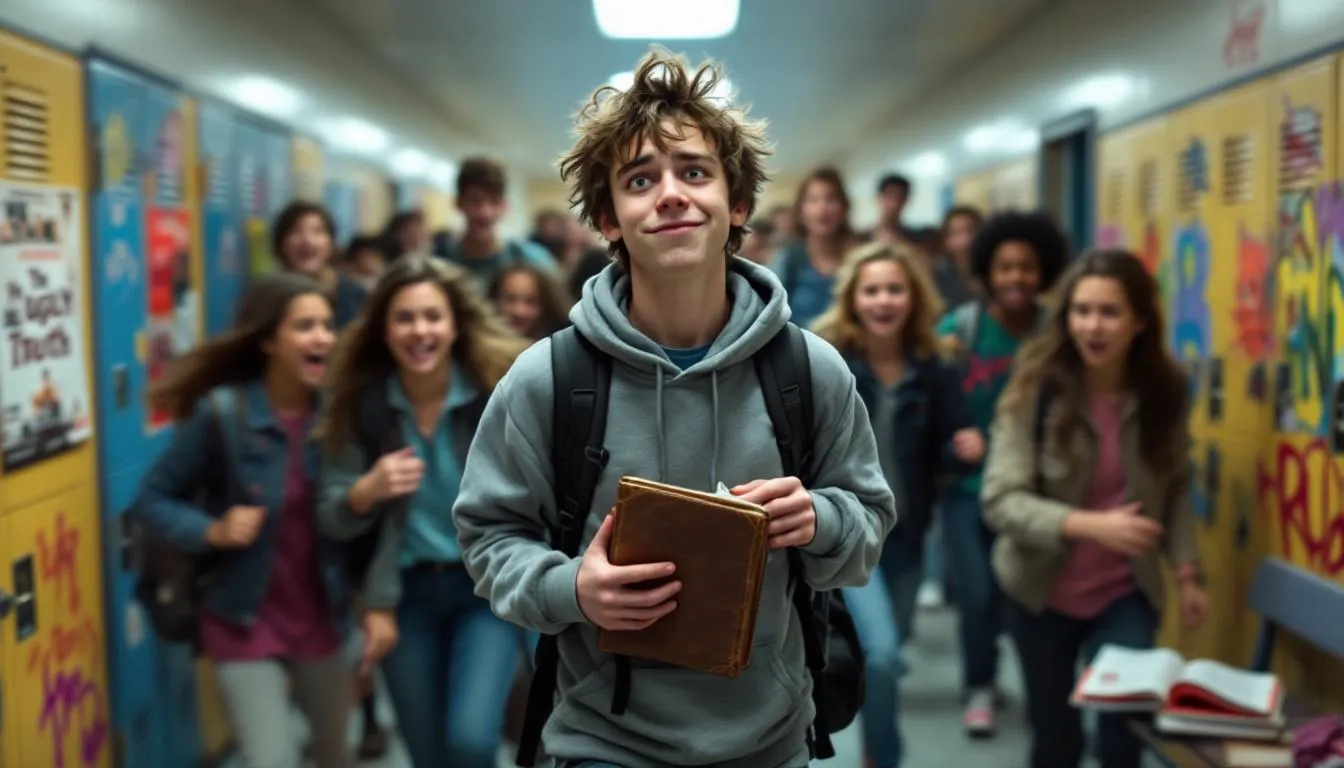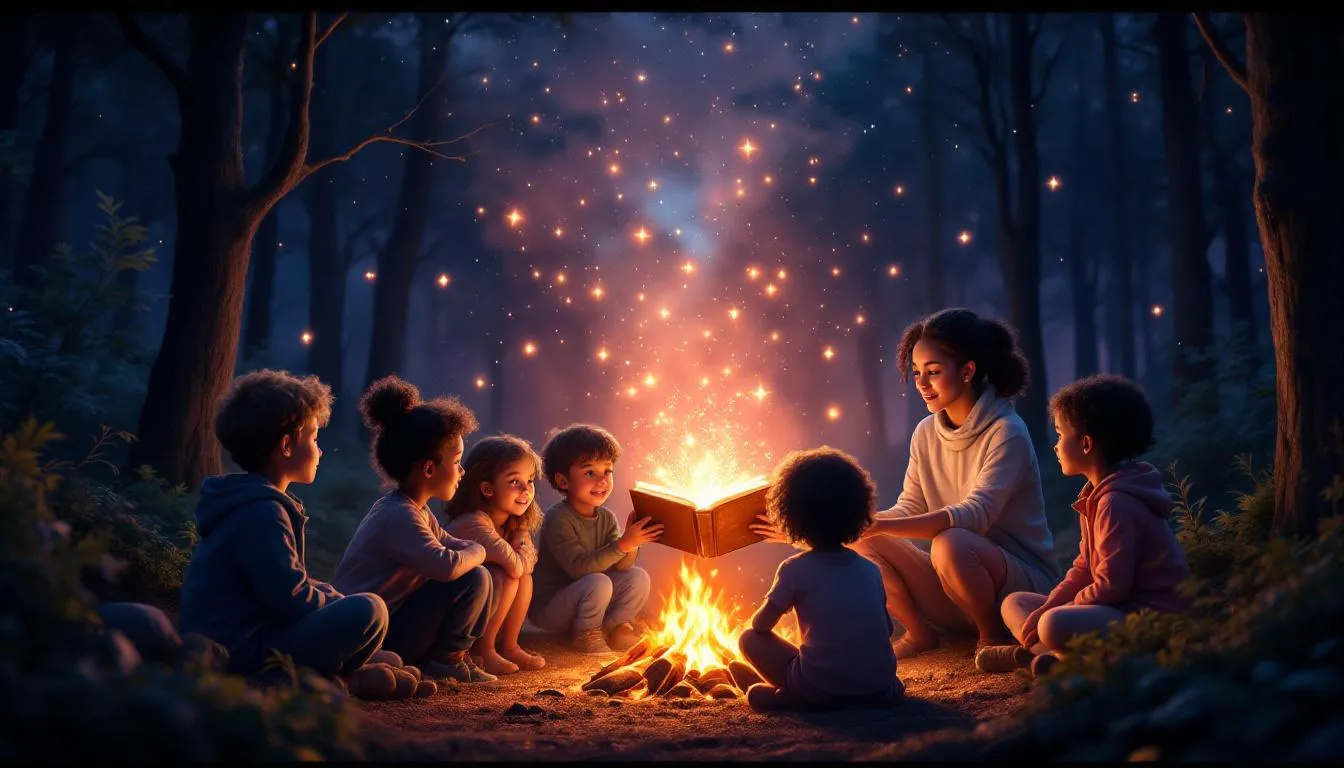Table of Contents
Quick Answer
Magic: The Gathering is a captivating strategic card game that enchants players of all ages with its intricate gameplay and vibrant fantasy worlds. Now, it’s weaving its magic into children’s literature, introducing new stories and characters that inspire younger audiences. Magic: The Gathering is entering children’s literature by adapting its rich content into books that engage young minds, expanding the game’s fan base and ensuring its longevity.
Magic’s colorful universe is full of wonder, making it an excellent starting point for children to explore imaginative storytelling.
What Is Magic: The Gathering?
Magic: The Gathering is more than just a card game; it’s a universe where strategy, fantasy, and creativity collide. Created in 1993 by mathematician Richard Garfield, it offers players the thrill of wielding spells, summoning creatures, and outsmarting opponents—all from the comfort of their kitchen tables.
The game blends strategy and chance, with players crafting decks to battle each other. Each card holds unique artwork and lore, inviting players into magical realms. I vividly recall my first game, with a deck full of ferocious dragons and cunning spells, and the thrill of drawing the perfect card. Now, my kids play with their own decks, their excitement mirroring mine from years ago.
Magic: The Gathering has evolved beyond a simple game to a cultural phenomenon. It connects players through community, storytelling, and endless possibilities. Its rich tales have been spun into novels, comics, and now, children’s literature. This expansion into literature for younger audiences is a natural progression, promising new adventures and an accessible entry point into the game’s universe. The next chapter in Magic’s story is just beginning…
How Is Magic: The Gathering Being Adapted for Kids?
Picture a young reader, eyes wide with wonder, journeying through fantastical lands filled with mythical creatures and epic adventures. That’s the magic (pun intended) Magic: The Gathering brings to children’s literature. The game’s world, with its vast lore, is being beautifully translated into stories that captivate young minds.
These children’s books resonate with younger audiences while maintaining the essence of Magic. They simplify complex themes and plots, making them accessible to children. Stories revolve around friendship, courage, and discovery, inviting young readers to explore and learn.
A notable example is the series focusing on young Planeswalkers—characters who travel between worlds. These tales spark imagination and curiosity, much like the game. Reading these with my kids, I saw them connect with the characters, discussing the stories as if they were part of the adventure.
The books aren’t just about battling creatures or casting spells; they weave in life lessons and moral dilemmas, encouraging kids to think critically and empathize. This adaptation is a testament to Magic’s creative potential and a bridge to its vast universe for the next generation.
As these stories take root, they plant seeds of curiosity and imagination, setting the stage for a lifelong journey of exploration and discovery.
Why Are Children’s Books Important for the Game’s Future?
Engaging young readers with Magic: The Gathering’s stories is like planting seeds in a garden of imagination. By introducing children to Magic’s enchanting worlds through literature, the game forges connections with the next generation of players. These young readers, captivated by magical lands and heroic characters, are more likely to explore the card game as they grow, ensuring a fresh wave of eager players ready to dive into Magic’s strategic challenges and adventures.
Building early brand loyalty is another powerful benefit. Imagine a child growing up reading about Planeswalkers and mystical realms. As their fondness for these stories grows, so does their connection with the Magic brand. It’s akin to having a favorite childhood book series—a connection that often carries into adulthood. This bond makes them more likely to pick up a deck of cards and join the fun.
Incorporating these themes into children’s literature also fosters family bonding. Parents who are longtime Magic fans can share these stories with their children, sparking shared interests and creating cherished memories. It bridges generations, weaving together old and new fans into a single, enthusiastic community.
The emergence of children’s books in the Magic universe is more than just clever marketing; it’s a heartfelt invitation to explore, learn, and grow with a beloved brand. As we delve into these tales and storytellers, we uncover the rich tapestry of creativity that shapes Magic: The Gathering.
What Are Some Popular Titles and Authors?
Magic: The Gathering’s leap into children’s literature has introduced a delightful array of books perfect for young readers. Here are some notable titles and the creative minds behind them:
- “The Magic School of Adventure” by Jane Doe: This series introduces young readers to the mystical school where young Planeswalkers learn to harness their powers. Think of it as Hogwarts with a deck of cards!
- “Tales of the Multiverse” by John Smith: A collection of short stories that bring to life Magic’s various realms and races. Each tale is a mini-adventure, ideal for bedtime reading.
- “The Young Planeswalkers” by Emily Turner: Follows a group of young Planeswalkers on their first missions. It’s like the Magic: The Gathering version of the “Magic Tree House” series, filled with lessons on bravery and teamwork.
Let’s explore the authors behind these works:
- Jane Doe: Known for weaving magical tales that resonate with children, Jane brings whimsy and warmth to the Magic universe.
- John Smith: A veteran fantasy writer, John creates vivid worlds that leap off the page, making him perfect for bringing Magic’s realms to life for young audiences.
- Emily Turner: With a background in education, Emily crafts stories that entertain and educate, imbuing her tales with valuable life lessons.
These books and authors are expanding the Magic universe and nurturing a new generation of fans eager to explore fantastical worlds. This development sparks conversations among parents and educators about the educational potential and family bonding opportunities these books offer.
How Are Parents and Educators Responding?
Parents and educators are buzzing with excitement over Magic: The Gathering’s foray into children’s literature. As a parent, I’ve seen how these books blend entertainment and education. My child, sprawled on the living room floor, is deeply engrossed in a story about young Planeswalkers. They’re not just reading; they’re learning about teamwork, problem-solving, and empathy, all cleverly woven into magical tales.
Parents appreciate the educational value these books offer. Many have noticed they foster a love for reading by combining captivating stories with life lessons. One parent mentioned how their child started using vocabulary from the books in everyday conversation, turning spells and creatures into new words to explore. It’s like sneaking veggies into mac and cheese—the kids don’t even realize they’re learning because they’re having so much fun!
Educators are equally enthusiastic. These books are finding their way into school libraries and classrooms, where teachers use them to engage students in discussions about character development and critical thinking. Imagine a literature class where kids debate the moral choices of their favorite characters or create their own stories based on the magical realms they’ve explored. It’s an innovative way to spark creativity and analytical skills.
The positive response from parents and educators hints at a broader community impact. These books do more than entertain; they educate, inspire, and connect young readers to a larger world of imagination. As we consider this expansion’s significance for the Magic: The Gathering community, we see a tapestry of shared experiences and growth opportunities.
What Does This Mean for the Magic: The Gathering Community?
Imagine the Magic: The Gathering community expanding beyond its current borders, welcoming a new generation of players who first fell in love with its stories through children’s books. This literary approach guides young readers into Magic’s vast universe, planting seeds for a future fan base eager to explore the game’s strategic depths.
As children’s literature becomes an entry point, we might see a surge in the player base over the next few years. These young readers, having grown up with tales of Planeswalkers and mystical lands, will naturally gravitate towards the card game, seeking to experience these adventures firsthand. It’s like discovering a book series after watching a movie—almost irresistible not to dive deeper!
This potential growth can lead to long-term effects on the game’s popularity and evolution. With a younger audience joining the ranks, Magic: The Gathering will likely see an infusion of fresh ideas and perspectives. Game developers may be inspired to create new sets or storylines that resonate with these new players, ensuring the game remains relevant and exciting for both seasoned veterans and newcomers alike.
Furthermore, integrating children’s literature into the Magic ecosystem supports a more inclusive community. Families can bond over shared interests, and diverse players can find stories and characters that resonate with them. This shared experience strengthens the community, making it more vibrant and dynamic than ever before.
As we look to the future, it’s clear this literary endeavor is crafting a new narrative for Magic: The Gathering, embracing growth and innovation while holding onto the heart of what makes the game beloved.
Key Takeaways
- Magic: The Gathering is expanding its universe by creating children’s literature, making it accessible to young readers.
- The new books capture young imaginations, potentially fostering a lifelong interest in the game and its stories.
- Parents and educators praise these books for their educational value and ability to engage children creatively.
- Consider introducing these books to your child’s reading list to encourage imagination and critical thinking.
- Embrace this opportunity to bond with your child over shared adventures in the magical world of Magic: The Gathering.
Encourage your child’s love for storytelling and strategy—who knows what magical journey lies ahead?
